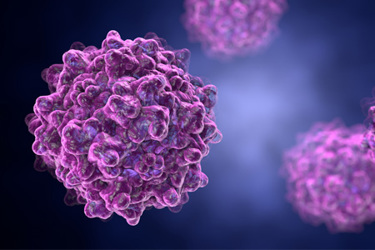Quantifying Quality Attributes Of AAV Gene Therapy Vectors By SEC-UV-MALS-dRI
By Michelle Chen, Ph.D., and Anatolii Purchel, Ph.D., Wyatt Technology Corporation

With many AAV-mediated in vivo gene therapy drug candidates in clinical trials, it is essential that robust and reliable characteriza-tion tools are implemented in order to understand the quality attributes of this class of therapeutic products, ensuring their safety and efficacy.
A size-exclusion chromatography (SEC) method using triple detection–UV, differential refractive index (dRI), and multi-angle light scattering (MALS)–has been developed to measure the following three important AAV quality attributes (QAs): 1) Total number of viral capsid particles; 2) Relative capsid content (e.g., ratio of empty and full capsids); and 3) Percentage of monomer or aggregates.
AAVs are small, single strand DNA viruses from a family of Parvoviridae that have become a popular viral vector for gene therapy due to their ability to infect both dividing and quiescent cells, their ability to persist in an extra-chromosomal state, and their absence of pathogenicity to the host target. Because of the stringent requirements imposed by health authorities, the AAV products through-out the manufacturing process need to be exceptionally well characterized. Some of the critical quality attributes (CQAs) of the AAV products include physical viral titer, capsid content, and product stability.
The measurement of the aforementioned QAs—especially the viral titer and the vector genome concentration—commonly involves approaches such as ELISA, qPCR, TEM, cryo-EM, analytical ultracentrifugation (AUC), or optical density measurements. All these techniques are time-consuming, labor-intensive, and costly; some suffer from data inconsistency and lack of linearity for quantitation. As a result, it is difficult to implement them during the production process of the viral vectors.
In this application note, we present a simple, robust, and direct SEC method with UV-MALS-dRI detection. This method allows rapid sample analysis—with a total run time under 30 minutes per sample. The method can be readily employed to quantify AAV particle concentration, capsid content, and aggregation throughout the AAV product development and manufacturing processes.
Get unlimited access to:
Enter your credentials below to log in. Not yet a member of Cell & Gene? Subscribe today.
